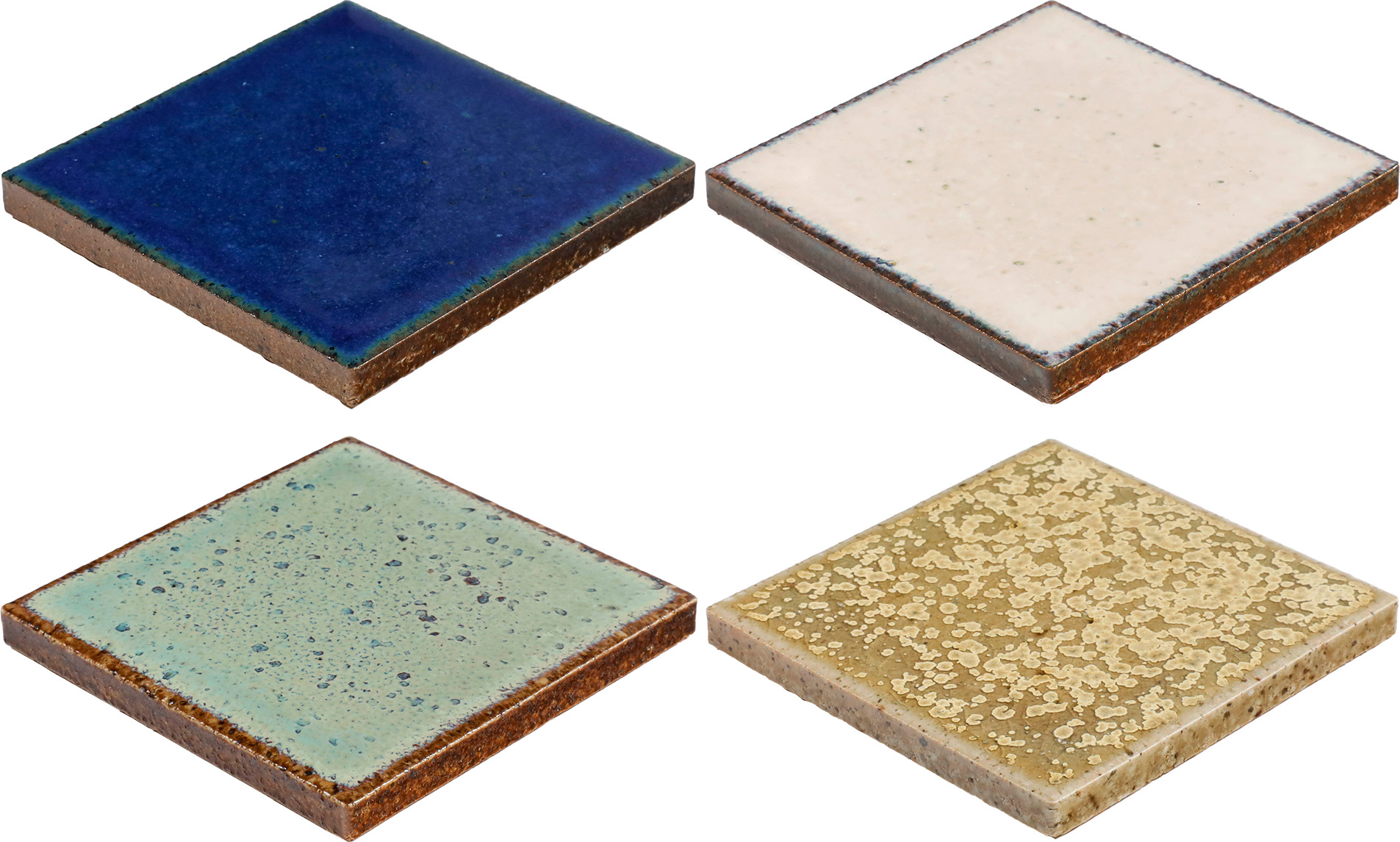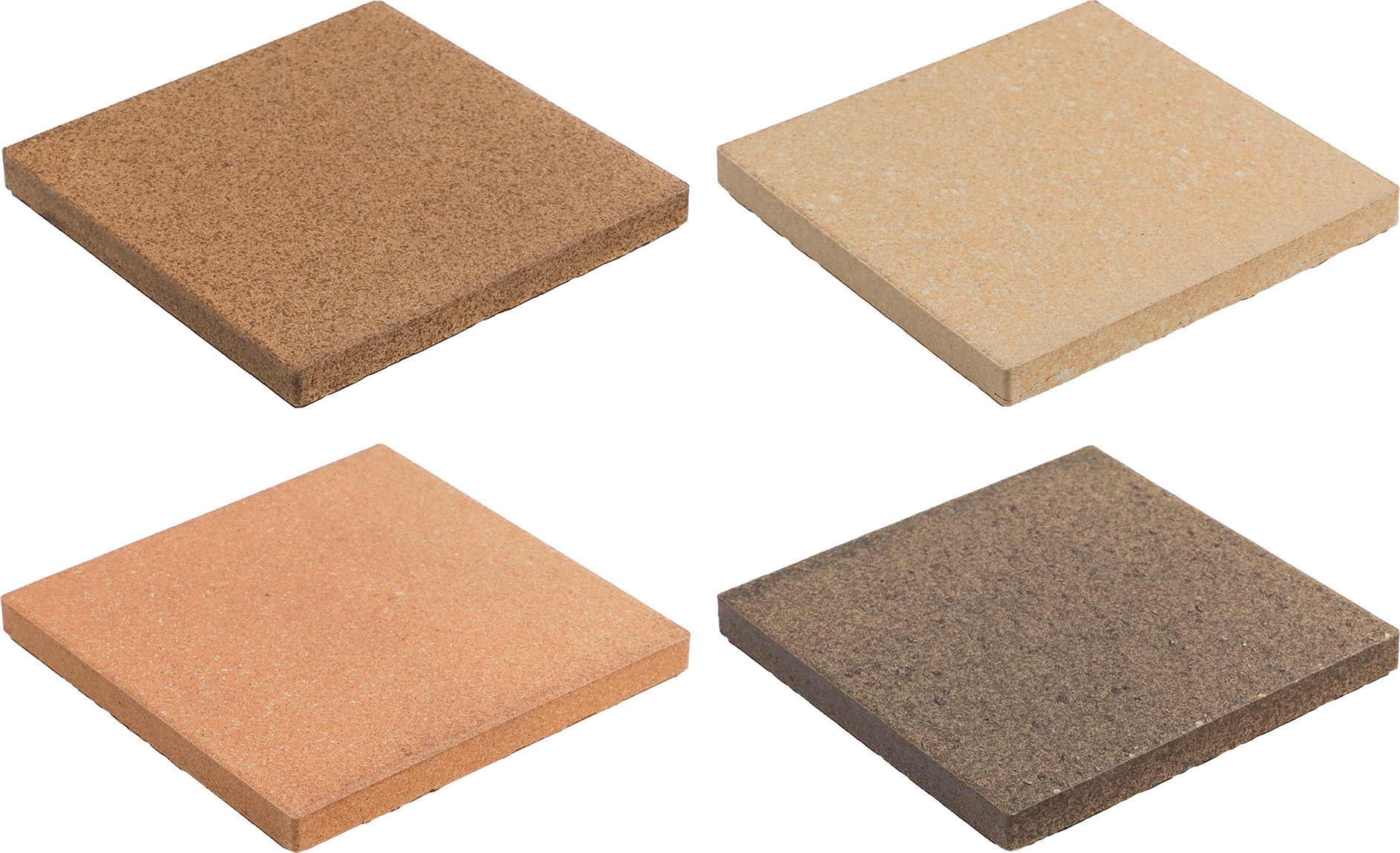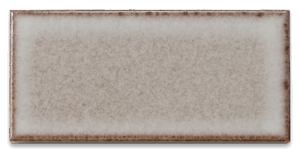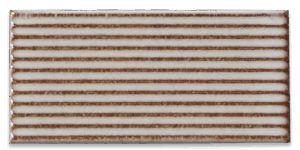About Tiles and Glazes
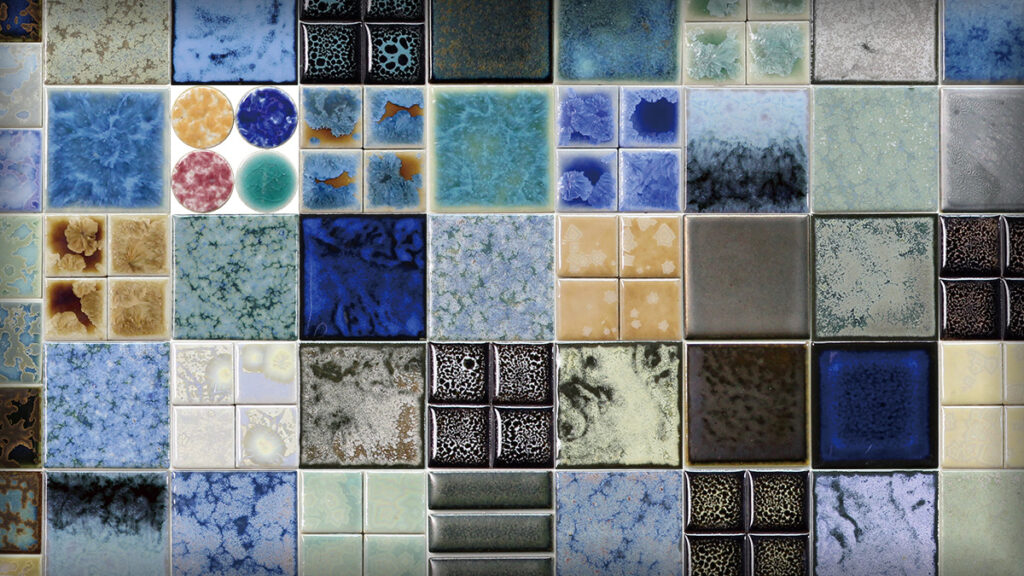
One of the most captivating aspects of ceramic products such as tiles and pottery lies in the rich, expressive colors created by glazes. Glazing adds depth and character, giving each piece its unique personality. The beauty of glazes comes not only from the types and combinations used, but also from how they react under different conditions, resulting in an incredible variety of textures and finishes.
Table of Contents
■ What Are Glazes?
The glassy coating that covers the surface of a tile is called a glaze. Tiles with this coating are referred to as glazed tiles, and they derive their color primarily from the glaze applied to their surface.
On the other hand, unglazed tiles, which lack this coating, retain the natural color of the base material, a carefully formulated mixture of clay, feldspar, silica, and various additives that vitrify during firing.
Glazes not only provide color, variation, and shine, enhancing the overall appearance, but also serve a practical purpose: by forming a protective coating, they help reduce water absorption, improve durability against cracking, and enhance stain resistance, making glazed tiles both aesthetically pleasing and highly functional.
What Are Glazes Made Of?
The main components of glaze are as follows:
| Clay and feldspar Act as stabilizers and help the glaze adhere to the tile surface. |
+ | Silica (glass) The main glass-forming ingredient, responsible for creating the glossy finish. |
+ | Coloring agents Such as pigments and metal oxides, which produce a wide range of colors and effects. |
Note: Clay is primarily composed of alumina (which acts as a binder), feldspar, and silica (the basic component of glass).
The similarity in composition between the glaze and the clay base allows for a strong, cohesive bond.
■ Types of Glazes
There are various types of glazes, and they can be classified in multiple ways. Classifications may be based on factors such as the materials used, their properties, firing methods, and firing temperatures. Beyond these categories, combining different glazes or adjusting their formulations allows for the creation of entirely unique and diverse glaze variations.
 |
Glass glazeGlass powder glaze melts low, enabling vivid colors. |
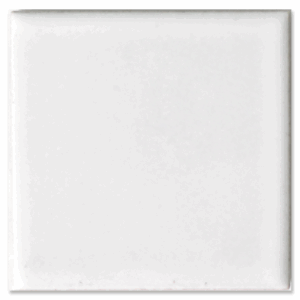 |
Transparent glazeColorless and transparent, revealing the surface beneath. |
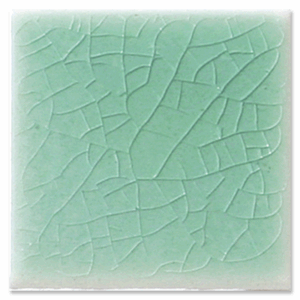 |
Crackled glazeGlass glazes feature crackling. Note: Fine cracks appear in the glaze due to the difference in the expansion rates between the ceramic body and the glaze. |
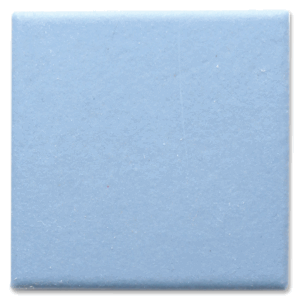 |
Matte glazeIt becomes matte and opaque due to crystals that do not fully melt. |
 |
Bright glazeGlaze with a glossy finish. |
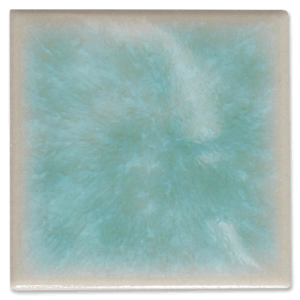 |
Scorched surface coloring glazeGlaze that changes based on kiln temperature. |
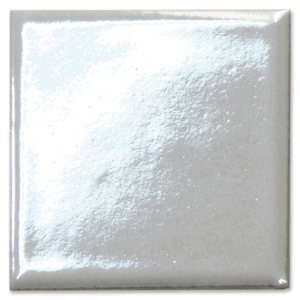 |
Luster glazeGlaze with iridescent light. |
 |
Crystalline glazeA glaze where crystals are plainly visible. |
■ Factors Affecting the Final Result
Even when using the same glaze, the final result can vary greatly depending on the method and conditions of application.
・When different types of glazes are layered
・When the same glaze is applied to different surfaces
■ Creating the Desired Glaze
The formulation of the glaze is a very delicate process. Creating the desired color is extremely difficult and requires multiple fine adjustments before it is finalized.
The following section illustrates the process, with corresponding images that apply to both sample production and full-scale production.
| Process description | For sample production | For full-scale production |
| 1. The process begins with a small quantity of raw materials, which are carefully measured. | 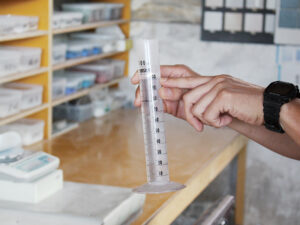 |
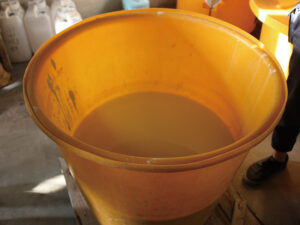 |
| 2. Alumina balls and water are added to the ball mill. | 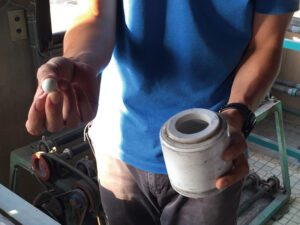 |
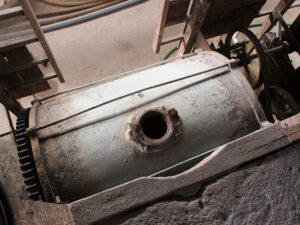 |
| 3. The mill is operated for approximately half a day, during which the friction from the alumina balls finely pulverizes the material and helps the water and minerals, which have different specific gravities, to mix thoroughly. | 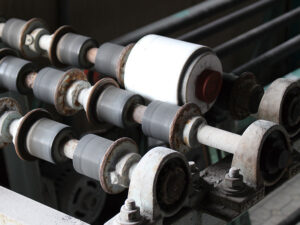 |
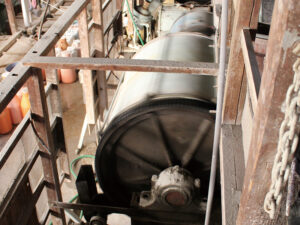 |
| 4. Glaze completion. | 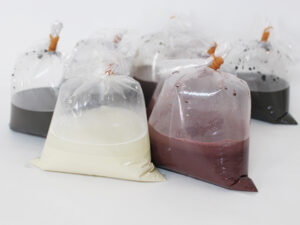 |
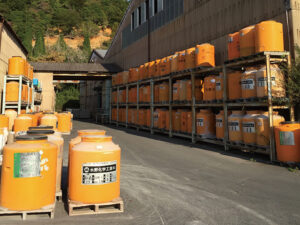 |
| 5. Glazing is performed by spraying or alternative application techniques. | 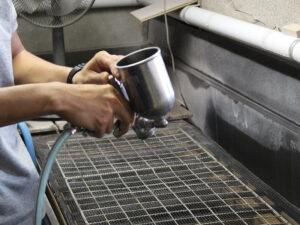 |
 |
■ Summary
Creating a glaze is a delicate and complex process. Achieving the desired color often requires many precise adjustments. The final appearance depends not only on the type and combination of glazes used, but also on how well they interact with the surface texture of the tile, the firing temperature, the chemical reactions that occur during firing, and the method of application. These factors collectively expand the range of possible colors to an almost infinite extent.
Noticing the colors, textures, and craftsmanship of each tile — and imagining how they were made — adds to the enjoyment of viewing them.
